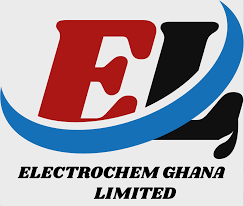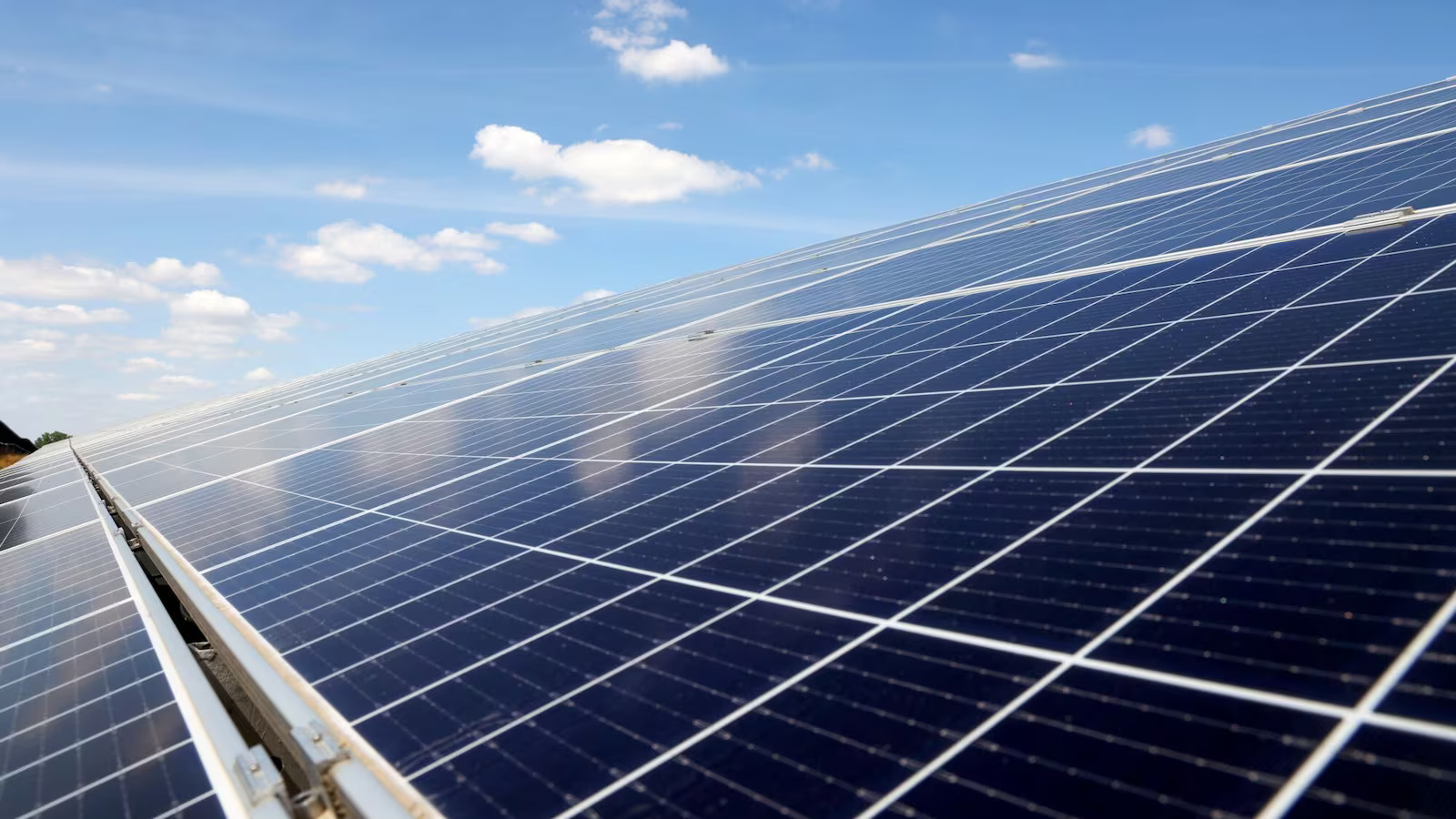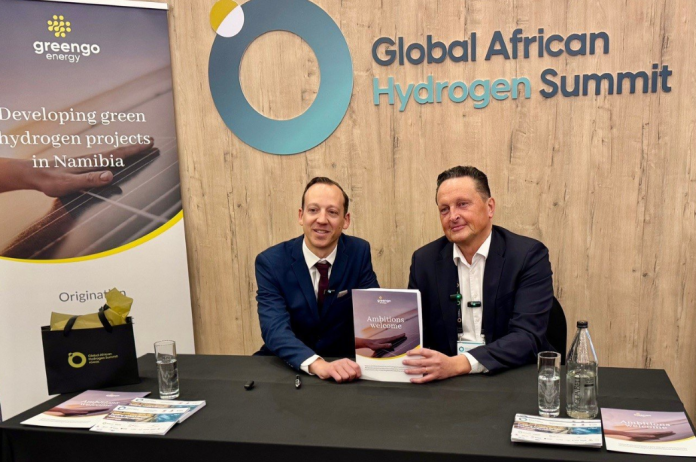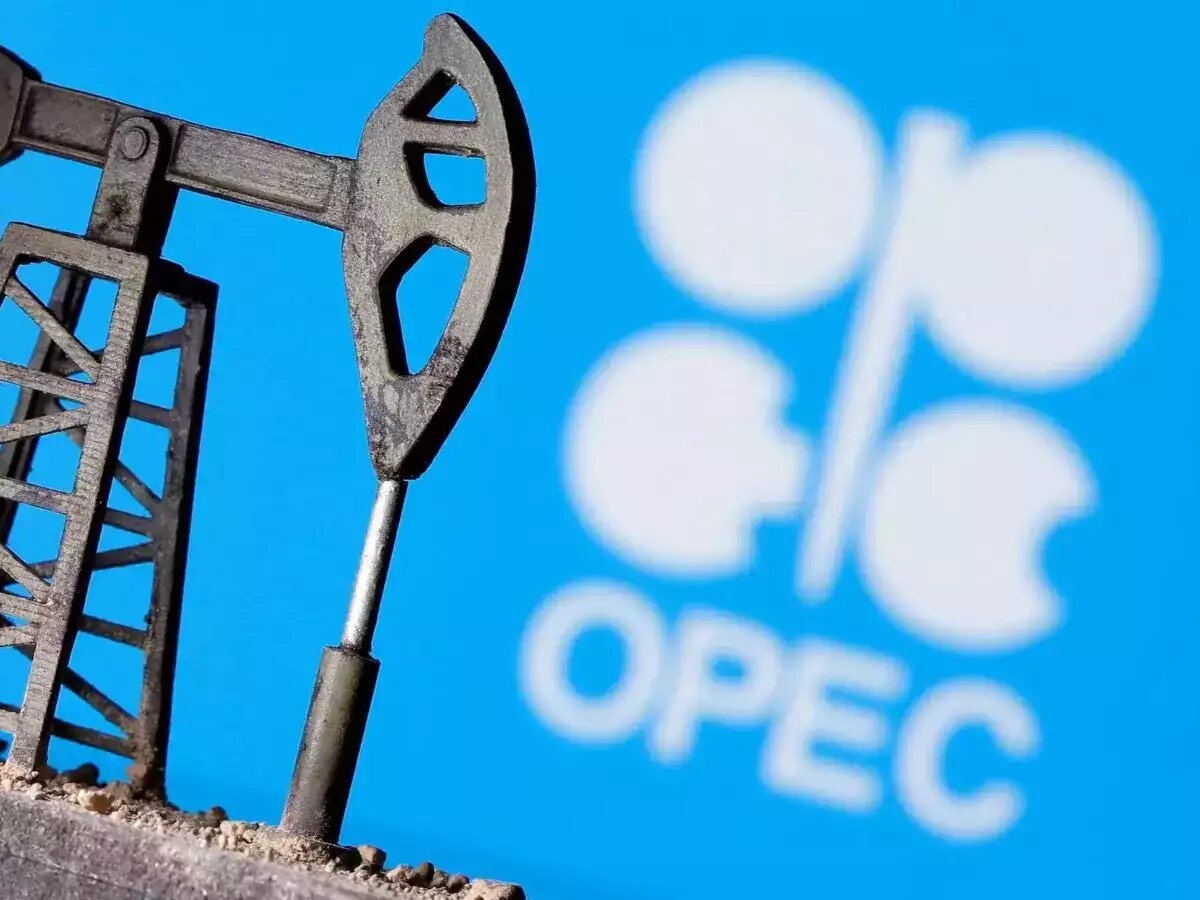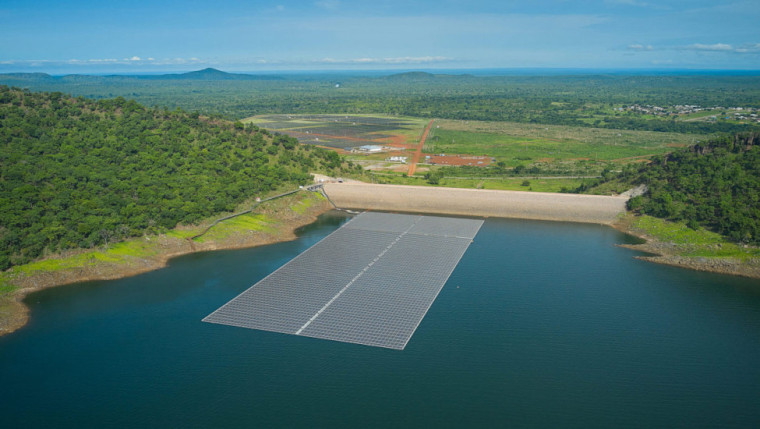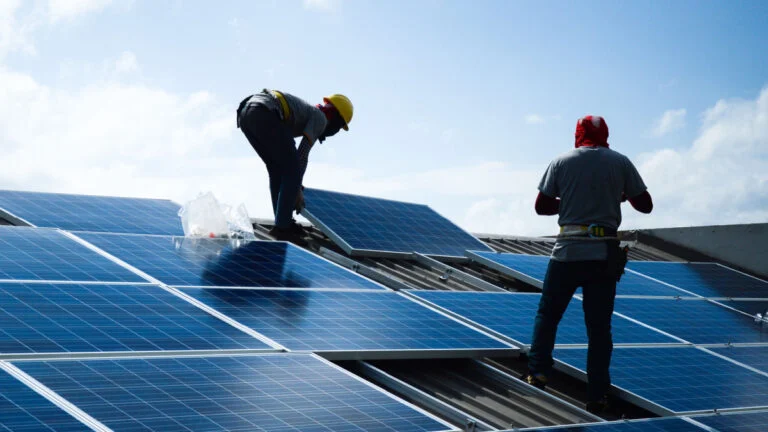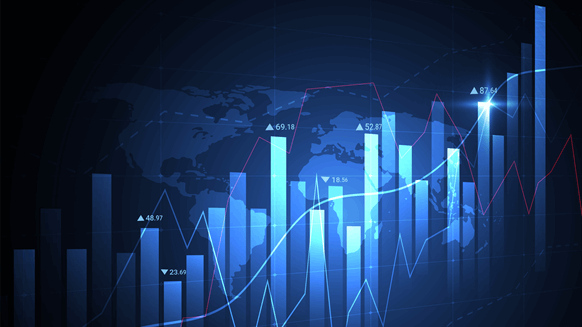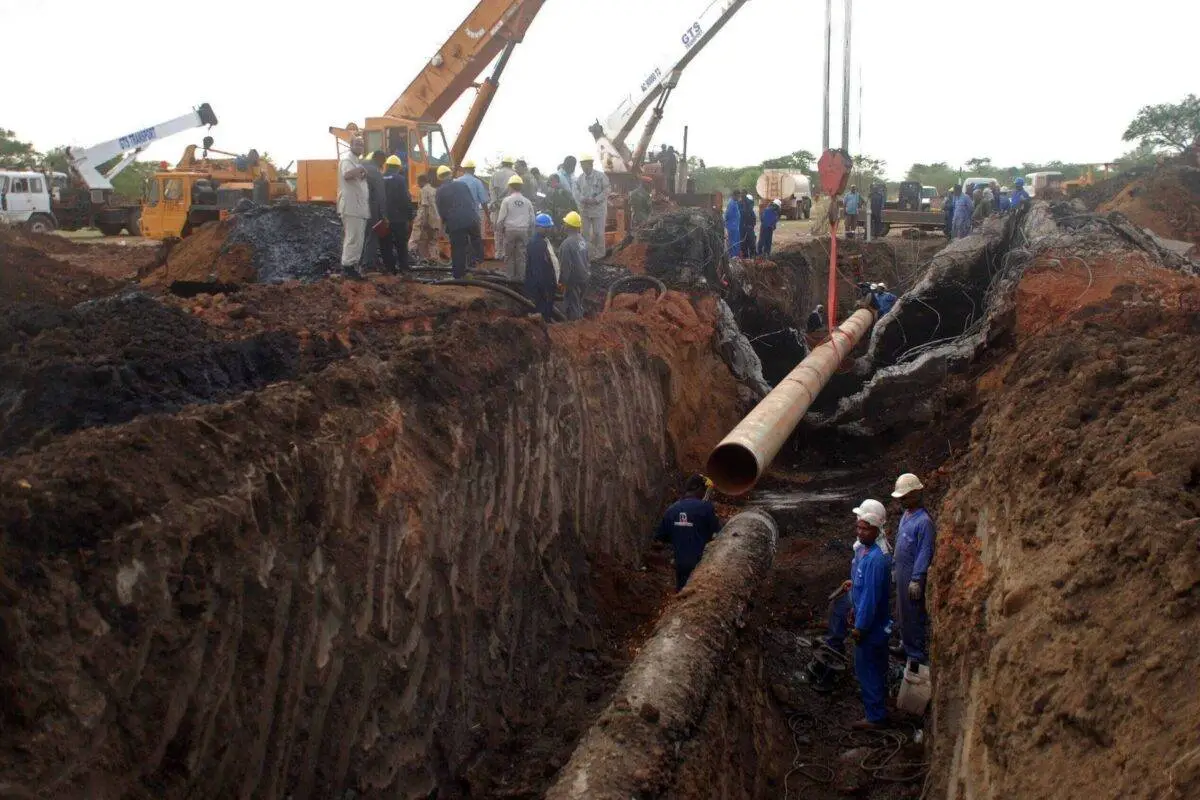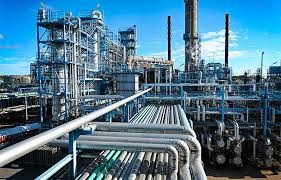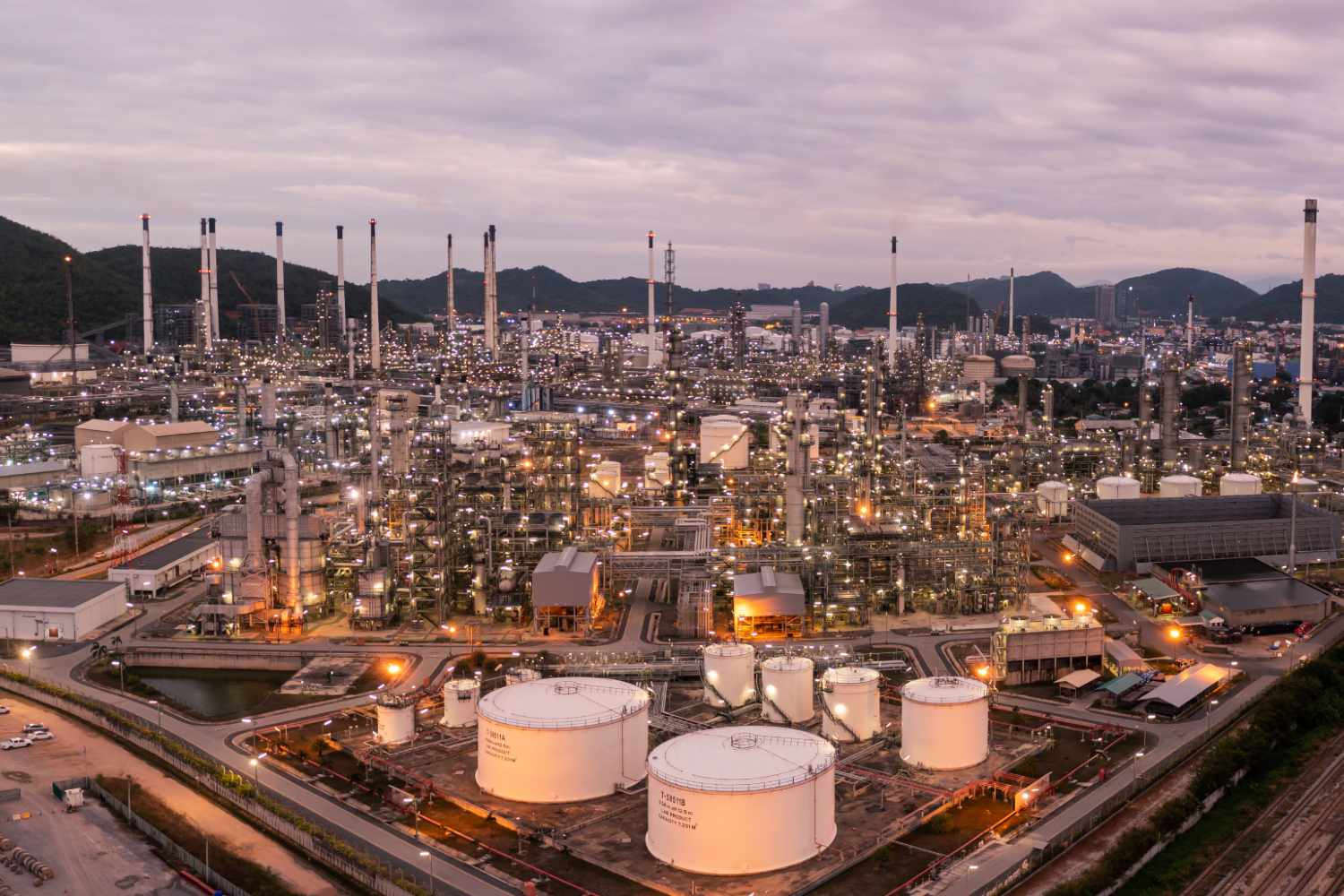Generation

Hydropower-Solar Combo Seen as Key to Africa’s Clean Energy Future
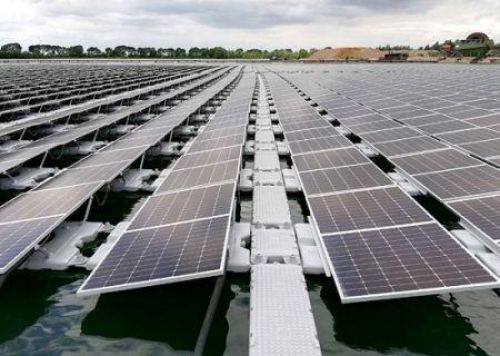
Hydropower remains a major pillar of Africa’s energy mix, but solar energy is rapidly gaining ground as a strategic solution to support the continent’s growing electricity needs. With rising demand and water resources under pressure from climate change, combining these two energy sources is becoming essential for ensuring access to reliable, clean power.
Africa has 43.5 GW of installed hydropower capacity, providing around 20% of its electricity, according to the World Hydropower Outlook 2025 report from the International Hydropower Association, released in June 2025. Yet, this figure represents only 10% of the continent’s total technical potential.
The sector has significant room to grow, with 16 GW of projects under construction and another 18.5 GW already approved, pending final investment decisions. If these projects move forward, Africa’s hydropower capacity could increase by nearly 80%.
However, the sector still faces major hurdles, including currency risks, challenges securing bankable power purchase agreements, and local opposition in some regions. In 2024 alone, large hydropower projects added 4,507 MW to the grid, with progress seen in Tanzania, Ethiopia, Cameroon, and Uganda.
Meanwhile, ambitious projects like the Grand Inga Dam in the Democratic Republic of Congo highlight the structural challenges of a model heavily reliant on public funding.
Although smaller in volume, Africa’s solar photovoltaic (PV) sector is expanding at a remarkable pace. Installed solar capacity reached 15.3 GW by the end of 2024, according to the International Renewable Energy Agency (IRENA) and the Africa Market Outlook for Solar PV 2025–2028 from the Global Solar Council.
New solar installations dipped slightly to 2,402 MW in 2024, compared to 3,076 MW in 2023, due in part to a slowdown in South Africa, the region’s largest solar market. Despite this, diversification is underway, with promising growth in West and Southern Africa.
The Global Solar Council projects an additional 23 GW of solar capacity by 2028, which would more than double current levels in just four years. With a technical potential of 7.9 TW, solar energy remains Africa’s most abundant renewable resource.
Both energy sources face similar challenges, such as revenue uncertainty, project delays, and dependence on external financing. However, their development paths differ: hydropower remains focused on large-scale public projects, while solar is increasingly attracting private investors thanks to its decentralized, faster deployment models.
Hybrid approaches are gaining traction, including optimizing existing dams, developing floating solar projects, and creating microgrids that combine small hydropower and solar installations.
As climate change worsens water scarcity, combining the stability of hydropower with the flexibility of solar could prove critical to achieving universal electricity access in Africa.
Over the long term, this synergy offers the most realistic path to building a resilient, sustainable energy system for the continent.



